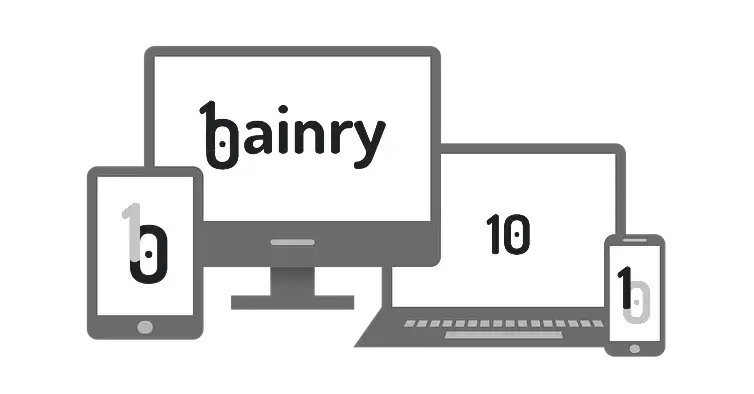Web3: The new era of the Internet
In recent years, the technological world has begun to turn to a new concept called Web3. What exactly is Web3 and what potential does it have to change the Internet as we know it today?

Web3 is the designation of a new phase of the Internet that focuses on decentralization, cryptocurrencies and blockchain technology. While the first phase of the Internet, referred to as Web 1.0, was largely static and one-way (such as static websites), and the second phase, Web 2.0, brought interactivity and social networks, Web3 includes the concepts of decentralization, cryptocurrencies, smart contracts, and decentralized applications ( dApps).
Web3 seeks to provide an alternative to current centralized Internet services such as social networks, online marketplaces, or cloud services by building on blockchain technologies and decentralized networks that enable greater transparency, autonomy, and privacy protection. The main pillars of Web3 are Decentralized Finance (DeFi), Decentralized Identification (DID), Decentralized Marketplace, and other applications that use blockchain and cryptography to transform the way the Internet and the digital economy work.
Web3 development
Web3 is not just another innovative idea; it is a revolutionary step in the development of the Internet. While Web 1.0 was static and Web 2.0 focused on interactivity and social networks, Web3 focuses on decentralization and the use of blockchain technologies. It is based on the principles of decentralization, cryptocurrencies and smart contracts.
Decentralization
Web3 strives to create a decentralized Internet environment where users have more control over their data and transactions. Instead of central authorities and servers, decentralized networks and protocols are used, which increases security and resistance to censorship.
Cryptocurrencies
Cryptocurrencies such as Bitcoin and Ethereum are an integral part of the Web3 ecosystem. These digital currencies enable fast and secure transactions without the need for an intermediary and are the basis for many other innovative applications within the Web3.
Smart contracts
Smart contracts are programmable contracts that automatically execute and modify the terms of the agreement as long as certain conditions are met. They are a fundamental building block for the development of decentralized applications (dApps) and decentralized finance (DeFi).
Advantages of Web3
Web3 offers many benefits, including greater transparency, lower transaction costs, privacy protection, and the ability to create new forms of digital economies and social systems.
The future of Web3
The future of Web3 is full of possibilities and promises. From decentralized finance to decentralized social networks, Web3 brings a new paradigm to the Internet that is more democratic, resilient and fair.
Web3 is not only a technological innovation, but also a philosophy that changes the way we perceive and use the Internet. Its impact on the digital world is still in its early stages, but its potential is huge. It is time to join this revolution and pave the way for a new internet age - the age of Web3.





























